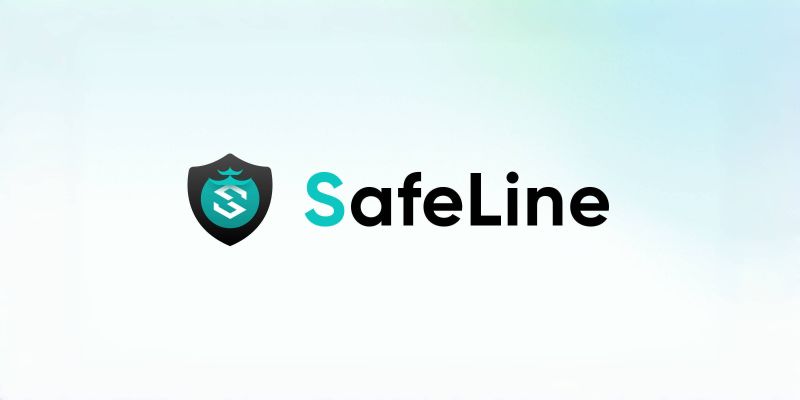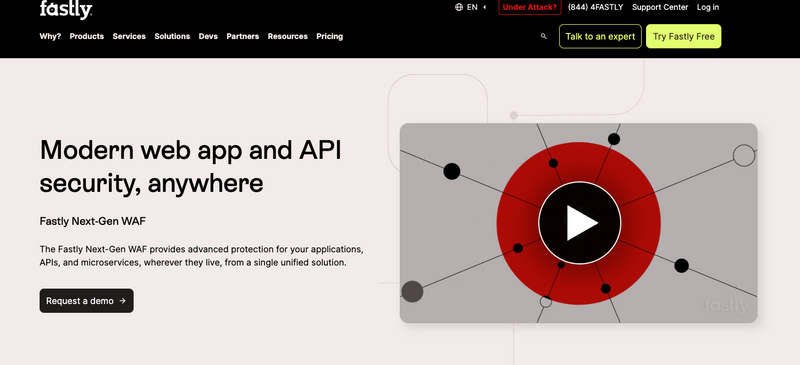Introduction
In today’s web security landscape, choosing the right Web Application Firewall (WAF) is more than just picking a tool—it’s about choosing a solution that fits your infrastructure, development lifecycle, and threat landscape.
This article compares SafeLine and Fastly Next-Gen WAF (formerly Signal Sciences) through the lens of DevSecOps, integration flexibility, and protection precision.
About the Solutions
SafeLine WAF
- Deployment: Reverse proxy
- Core Technology: Semantic detection engine
- Target Users: Security-conscious developers, startups, growing teams
Fastly Next-Gen WAF (Signal Sciences)
- Deployment: Agent-based (with reverse proxy support)
- Core Technology: Behavior-based detection, signal telemetry
- Enterprise Focus: DevSecOps integration at scale
- Acquisition: Fastly acquired Signal Sciences in 2020
1. Deployment Architecture
SafeLine
- Deployed as a reverse proxy in front of your app.
- Easy to set up in cloud VMs, Kubernetes, or local servers.
- Native support for SSL, traffic routing, and bot mitigation.
Fastly Next-Gen WAF
- Uses a lightweight agent installed in your application server (e.g., Nginx, Apache, Node.js, Go, etc.).
- Supports reverse proxy if preferred, but excels with in-app telemetry.
- Enables detection at the application layer with deep context.
Key Difference: SafeLine is proxy-first, while Fastly emphasizes agent-first for deeper application insight.
2. DevSecOps & Automation
Fastly Next-Gen WAF
- Built from the ground up for DevSecOps pipelines.
- Native integrations with CI/CD, GitOps workflows, and observability tools like Datadog, Splunk, etc.
- Offers extensive APIs and alerting.
SafeLine
- API-ready and DevOps-friendly.
- Web UI and YAML-based configuration for flexible rule control.
- Active roadmap for GitOps and automated playbooks.
🆚 Observation: Fastly is more mature in large-scale enterprise CI/CD integrations. SafeLine is rapidly evolving and simpler to onboard for smaller teams.
3. Detection Logic
SafeLine
- Uses semantic analysis to understand intent behind HTTP payloads.
- Focuses on reducing false positives and adaptive learning.
Fastly (Signal Sciences)
- Leverages telemetry + behavior-based signals.
- Learns from attack patterns across its global network.
- Protection without reliance on signatures.
🆚 Both offer intelligent detection—but with different engines. SafeLine leans on semantic parsing, Fastly on behavior analytics.
4. Bot Protection
SafeLine
- Built-in bot protection.
- Supports fingerprinting, JS challenges, and anti-crawler logic.
Fastly
- Advanced bot mitigation with anomaly detection and rate analysis.
- Better suited for high-volume, globally distributed traffic.
🆚 Fastly may offer more granular detection out of the box, but SafeLine’s bot defenses are impressive for a free/open platform.
5. Pricing and Accessibility
SafeLine
- Free Community Edition with powerful features
- Pro version with commercial support
- Great choice for startups or teams new to WAFs
Fastly
- Enterprise-grade pricing
- No free tier; pricing based on traffic volume and deployment scale
- Best suited for businesses with existing Fastly CDN stack
🆚 Cost-wise, SafeLine is easier to adopt for small teams. Fastly is built for scale.
Conclusion
| Feature Area | SafeLine | Fastly Next-Gen WAF |
|---|---|---|
| Deployment Model | Reverse Proxy | Agent-Based / Proxy |
| Core Technology | Semantic Analysis | Signal Telemetry / Behavior |
| DevSecOps Support | Basic to Moderate | Enterprise-Grade |
| Bot Protection | Built-in (Free) | Advanced |
| Pricing | Community + Commercial | Enterprise |
Both SafeLine and Fastly Next-Gen WAF (Signal Sciences) offer intelligent protection for modern apps, but they cater to different needs.
- Choose SafeLine if you want an open-source, easy-to-use, affordable WAF with strong core protection.
- Choose Fastly if you're operating at enterprise scale with mature DevSecOps pipelines and need advanced telemetry.





Top comments (0)